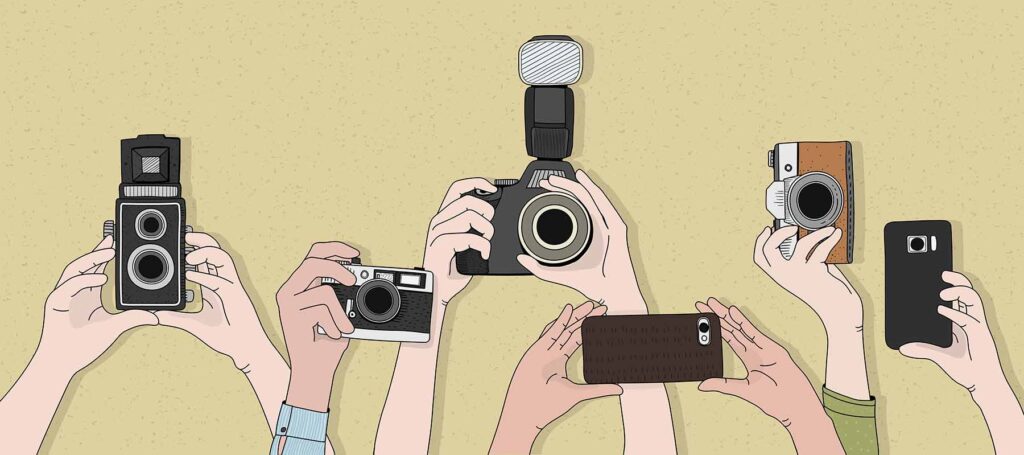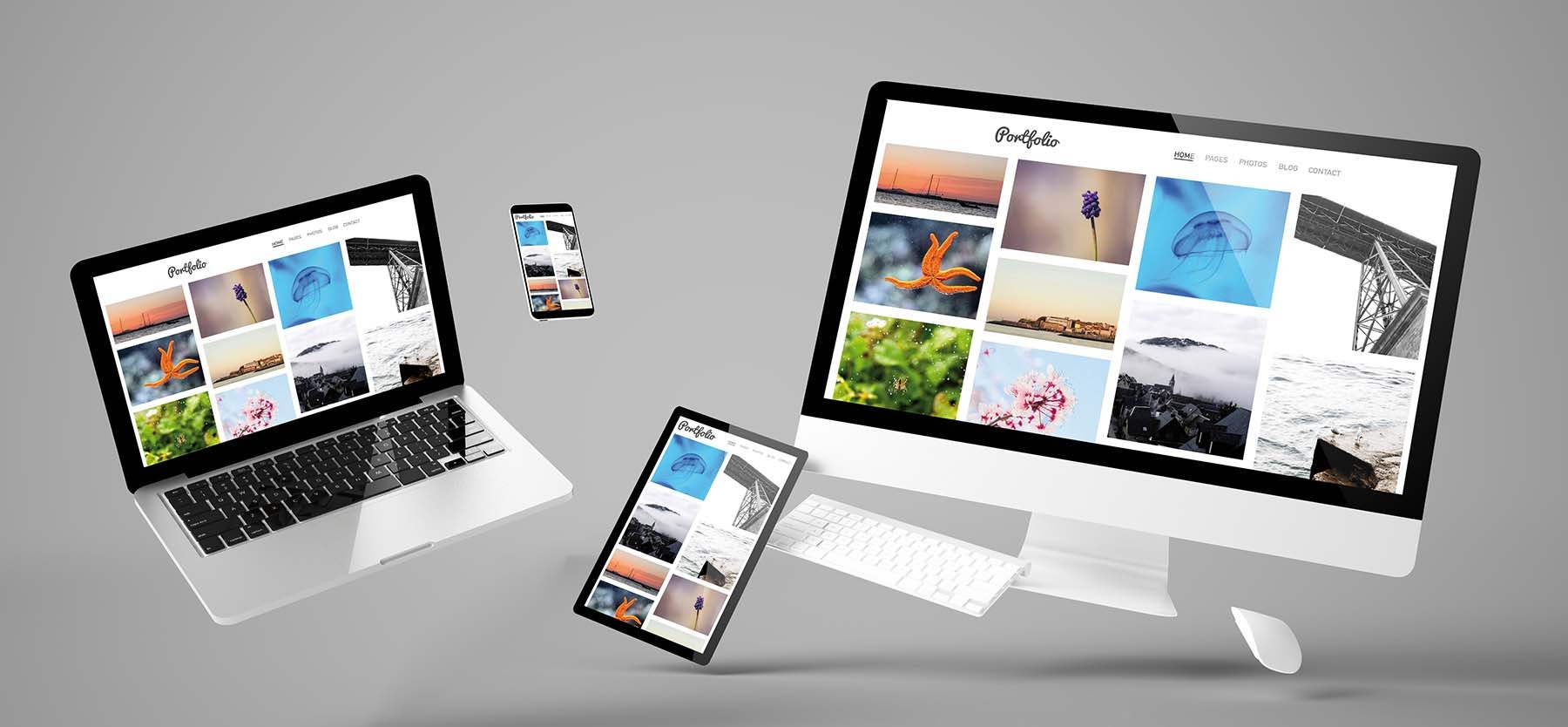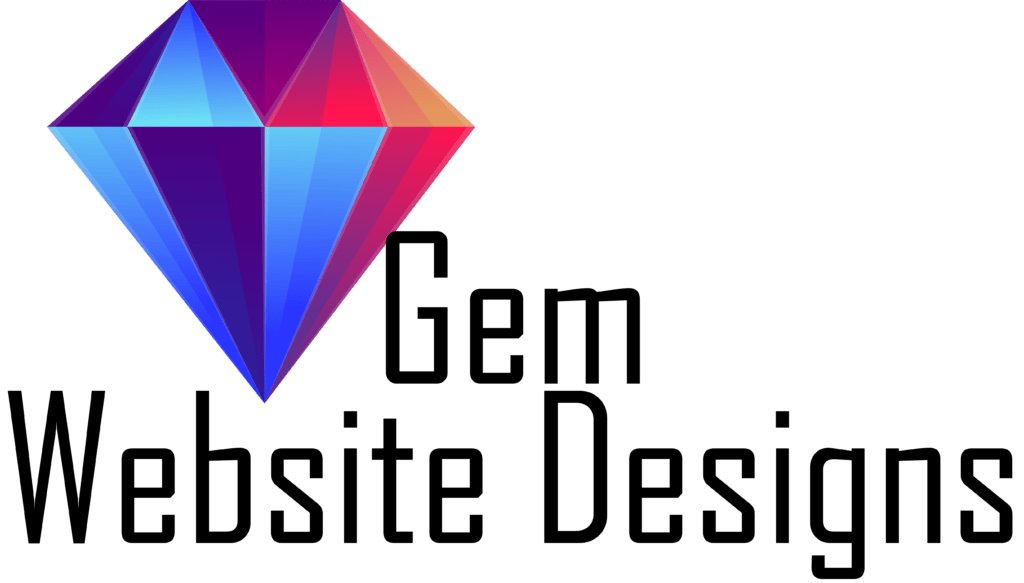In today’s digitally driven world, the old saying “you never get a second chance to make a first impression” holds truer than ever. Research indicates that it takes a mere 50 milliseconds (0.05 seconds) for visitors to form opinions about a webpage. This lightning-fast judgment can either captivate users or send them clicking away in search of a more visually appealing destination.
According to insights gleaned from the Journal “Behavior & Information Technology,” a staggering 94% of users will abandon a website due to poor design quality alone. This statistic underscores the pivotal role that design elements, notably high-quality photos, play in capturing and retaining user attention.
Moreover, the impact of website design extends beyond aesthetics. A study conducted by zippa.com revealed that a substantial 75% of a company’s credibility is assessed based on its website design. This implies that even if a business offers stellar products or services, a poorly designed website can cast doubts on its credibility in the eyes of potential customers.
Your Website: The Gateway to Your Brand
Your website often serves as a customer’s initial interaction with your brand. A website adorned with subpar pictures or low-resolution images risks portraying your brand as unprofessional and unreliable. Conversely, high-quality visuals on your website can forge a positive first impression and solidify your brand’s image as professional, dependable, and credible.
The Importance of Trust & Credibility
A visually appealing website instills trust and confidence in visitors. High-quality photos convey professionalism and meticulous attention to detail, signaling to users that they are dealing with a reputable and trustworthy entity. Conversely, lackluster images or amateurish design can raise doubts about the legitimacy and reliability of both the website and the brand it represents.
Elevating User Experience (UX)
User experience (UX) encompasses the overall impression and satisfaction users derive from interacting with a website. Clear, vibrant images enhance the user experience by making the content more engaging and digestible. Conversely, grainy or pixelated photos can frustrate users and impede their ability to navigate the site effectively, leading to increased bounce rates and diminished engagement.
Brand Identity
High-quality photos can establish your brand identity and create a consistent look and feel throughout your website. Images that reflect your brand values and messaging can help to create a strong brand identity.
Shaping Brand Perception
Your website serves as a digital storefront for your brand, shaping how users perceive your business. High-quality photos that harmonize with your brand’s aesthetic and messaging reinforce its identity and values, fostering a cohesive and memorable brand experience. Conversely, generic or low-resolution images can dilute your brand’s identity and fail to leave a lasting impression on visitors.
The numbers speak volumes: investing in high-quality photos isn’t just a luxury but a necessity for any website aiming to thrive in today’s fiercely competitive online arena. By prioritizing visual excellence and design integrity, you can captivate visitors from the moment they land on your site, build trust and credibility, and ultimately drive conversions and business growth. Remember, when it comes to website design, every pixel counts.
Optimizing for Search Engine Visibility & Ranking
In addition to their visual appeal and branding benefits, high-quality photos also play a crucial role in optimizing your website for search engines. Incorporating strategic SEO practices into your image usage can significantly enhance your website’s visibility and ranking in search engine results pages (SERPs).

Descriptive File Names & Alt Tags
When uploading images to your website, it’s imperative to use descriptive file names and alt tags that accurately reflect the content and context of each image. Search engine algorithms rely on this metadata to discern the relevance of your website to users’ search queries. By employing descriptive file names and alt tags rich in keywords related to your content, you increase the likelihood of your images appearing in pertinent search results.
Enhancing User Experience
High-quality photos not only draw visitors to your website but also enhance their overall user experience. Search engines prioritize websites that deliver valuable, user-friendly experiences, including fast loading times and visually appealing content. By incorporating high-quality images that load quickly and augment the readability and engagement of your content, you improve the user experience and signal to search engines that your website is deserving of higher rankings.
Reducing Bounce Rates
Compelling visuals can seize visitors’ attention and encourage them to delve deeper, reducing bounce rates and prolonging dwell time on your website. Search engines interpret lower bounce rates and longer dwell times as indicators of quality and relevance, which can positively influence your website’s ranking. High-quality photos that resonate with your audience and complement your content can contribute to lower bounce rates and enhanced SEO performa
Image Sitemaps
Including images in your website’s XML sitemap enables search engines to crawl and index your visual content more efficiently. Image sitemaps furnish additional metadata, such as image titles and captions, which further enrich the understanding and context of your images. By submitting an image sitemap to search engines like Google, you ensure that your high-quality photos are adequately indexed and can surface in image search results, driving additional organic traffic to your website.
Mobile Optimization
With the prevalence of mobile browsing on the rise, optimizing your images for mobile devices is imperative for both user experience and SEO. High-quality photos that are suitably optimized for mobile viewing load swiftly and display seamlessly across various screen sizes and resolutions. Search engines accord precedence to mobile-friendly websites in their rankings, so ensuring that your images are mobile-optimized can confer a competitive advantage in search results.
In Conclusion
High-quality photos aren’t merely visually appealing but also valuable assets for enhancing your website’s search engine visibility and ranking. By integrating strategic SEO practices into your image usage, such as descriptive file names, alt tags, image sitemaps, and mobile optimization, you can amplify your website’s relevance, user experience, and overall performance in search engine results pages.

Where & How to Get High Quality Images
Now that we’ve highlighted the pivotal role of images in bolstering website appeal, this section guides you through the best sources and techniques for obtaining top-notch visuals for your website, from utilizing stock photos and AI tools to capturing stunning images yourself.
Stock Photos: Convenience Coupled with Discernment
Stock photos, constituting pre-existing images available for licensing and utilization in myriad projects, including website design, proffer convenience but entail considerations. It is imperative to exercise judiciousness in selecting stock photos to ensure their alignment with your brand identity and messaging. Seek out high-quality images that strike a chord with your audience and complement your website’s aesthetic. Additionally, factor in the exclusivity of the photo to avert recourse to overly ubiquitous images that may feature on numerous websites. With meticulous selection, stock photos can evolve into invaluable assets for augmenting your website’s visual allure and efficaciously conveying your message.
Harnessing AI for Dynamic Visual Experiences
Groundbreaking strides in artificial intelligence (AI) have revolutionized the utilization of photos on websites. AI-powered tools proffer capabilities such as image recognition, content generation, and photo enhancement. AI empowers businesses to fashion dynamic and personalized visual experiences for their audience. With AI, websites can scrutinize user behavior and preferences to dispense targeted imagery resonating with individual users. Furthermore, AI-driven image editing tools can autonomously refine photos, amplifying their quality and appeal. From engendering custom graphics to curating pertinent stock photos, AI technology equips businesses with the wherewithal to optimize their visual content and captivate users in meaningful ways, ultimately enhancing the overall user experience.
Five Tips for Capturing High-Quality Photos for Your Website
In today’s digital age, high-quality imagery is crucial for captivating and engaging your audience on any website. Stunning visuals not only enhance the aesthetic appeal of your site but also play a vital role in conveying your brand’s message and values. Whether you’re a professional photographer or a business owner looking to showcase your products, mastering the art of photography is essential.
1. Master Lighting:
Embrace natural light whenever feasible and steer clear of harsh shadows. Experiment with various angles during daylight hours to discover the most flattering light.
2. Composition Matters:
Adhere to the rule of thirds to craft balanced compositions. Explore different angles and perspectives to inject intrigue into your shots.
3. Sharp Focus:
Ensure your subject is sharply focused. Utilize autofocus settings or manual focus to achieve crisp results. Avoid camera shake by stabilizing your camera.
4. Mind the Background
Opt for clean, uncluttered backgrounds that complement your subject. Employ props sparingly to provide context without diverting attention from the primary focus.
5. Edit with Precision:
Utilize editing software to refine your photos, but exercise restraint. Adjust exposure, contrast, and color balance to attain a polished look while preserving a natural appearance.
By adhering to these tips, you can capture high-quality photos that augment the visual allure of your website and leave an indelible impression on your audience.
Leveraging Your Cell Phone Camera's Potential
Your cell phone harbors immense potential for capturing high-quality photos for your website. With advancements in mobile camera technology, you can produce breathtaking visuals sans the need for exorbitant equipment. Here are five pointers for maximizing the potential of your cell phone camera::
1. Lens Hygiene:
Prior to snapping any photos, ensure your cell phone camera lens is devoid of smudges or dirt. A clean lens facilitates sharper and clearer images.
2. Embrace Natural Light:
Whenever viable, opt for natural light. Position your subject adjacent to a window or venture outdoors to harness soft, diffused light that enhances photo quality.
3. Tap to Focus:
Most cell phone cameras facilitate tapping on the screen to adjust the focus point. Capitalize on this feature to ensure your subject is crisply focused.
4. Composition Exploration:
Venture into diverse compositions and angles to infuse visual intrigue into your photos. Experiment with low or high angles and heed the rule of thirds for balanced compositions.
5. Refinement via Apps:
Post-photo capture, employ photo editing apps to further enhance your images. Tweak exposure, contrast, and color balance to attain the desired aesthetic. Esteemed editing apps like Snapseed, VSCO, and Adobe Lightroom proffer robust editing tools right at your fingertips.
By adhering to these tips and harnessing your cell phone camera’s capabilities, you can capture awe-inspiring photos that elevate your website’s visual allure and effectively engage your audience.
Horizontal Orientation: The Preferred Choice
When seizing photos for your website, opting for horizontal orientation (landscape mode) reigns supreme for several reasons:
- Consistency Across Devices:
Websites must be responsive and adept at accommodating diverse screen sizes and orientations, encompassing desktop computers, tablets, and smartphones. Horizontal photos evince greater versatility and adaptability to varying screen orientations, ensuring a uniform viewing experience across devices. Conversely, vertical images may necessitate additional cropping or resizing to snugly fit within the layout, potentially compromising their quality or composition.
- Professional Demeanor:
Horizontal photos are frequently synonymous with conventional photography and professional visual storytelling. They exude stability and professionalism, thereby amplifying the overall perception of your website and brand. By prioritizing horizontal orientation, you can elevate the visual allure and credibility of your website imagery.
- Seamless Integration with Design Elements:
Horizontal photos mesh seamlessly with other design elements on your website, spanning text blocks, graphics, and navigation menus. They confer enhanced flexibility to designers for arranging content and fabricating visually captivating layouts. Conversely, vertical images may disrupt the page's flow and mandate additional adjustments to accommodate surrounding elements.
While instances may arise where vertical orientation proves apt, such as portrait photography or showcasing lofty subjects, prioritizing horizontal photos for your website can foster a cohesive and visually appealing online presence. By capturing images in landscape mode, you ensure optimal composition, display, and integration with your website design, ultimately enriching the overall user experience for your audience.
Hiring a Professional Photographer
For businesses seeking the highest quality images for their website, doing it yourself might seem overwhelming. In such cases, hiring a professional photographer is an excellent option. Professional photographers bring their technical expertise in capturing sharp, well-composed photos and their artistic vision to truly represent your brand’s essence. They can create unique, eye-catching images that stand out in a crowded digital landscape, ensuring that your website reflects professionalism and quality. Additionally, a professional can provide invaluable advice on themes, settings, and styles, tailoring their approach to perfectly align with your branding strategy and the message you wish to convey to your audience.
In Conclusion
The indispensability of high-quality photos in today’s digital epoch is indisputable. Not only do they augment a website’s aesthetic allure, but they also play an instrumental role in user engagement, brand perception, and SEO. Whether you are capturing images yourself or sourcing them from stock libraries, the emphasis should invariably rest on quality and relevance.
Devoting time and resources to enhancing your website’s visual allure with high-quality photos constitutes an investment in your brand’s online presence and prosperity. Armed with the proffered insights, even those lacking professional photography resources can attain remarkable results that elevate their website’s impact.
For further guidance or a complimentary consultation on optimizing your website with professional photography, please don’t hesitate to reach out to us at Gem Website Designs. We are committed to helping you craft a visually captivating and prosperous online presence.



